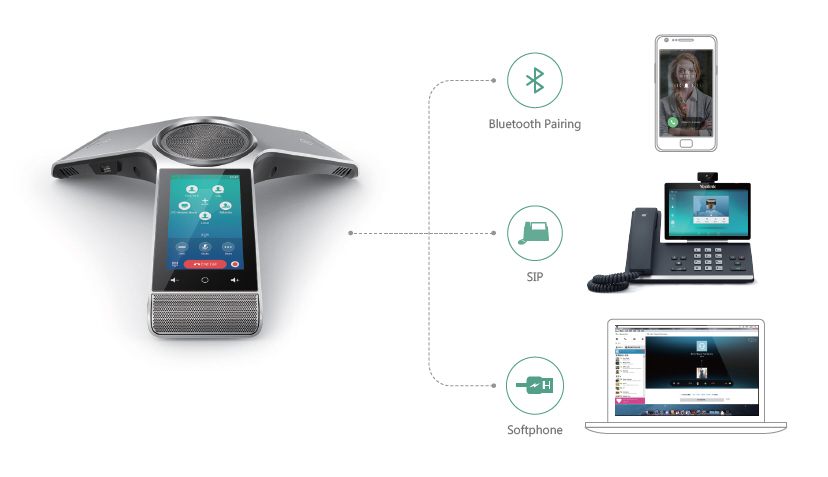Introduction
In today's fast-paced digital world, businesses are increasingly turning to VoIP phone systems for their communication needs. Offering flexibility, cost-efficiency, and advanced features, these systems have revolutionized how we connect. However, like any technology, they can come with their fair share of challenges. In this comprehensive guide, we'll explore how to troubleshoot common issues with your new VoIP telephone system, ensuring you can maintain smooth communication channels at all times.
Understanding VoIP Phone Systems
What is a VoIP Phone System?
A VoIP phone system (Voice over Internet Protocol) transmits voice communications and multimedia sessions over the Internet. This technology converts analog audio signals into digital data packets that can be sent over the internet.
Why Choose a VoIP Phone System?
Cost Savings: Traditional landlines incur hefty charges, whereas VoIP systems utilize the internet for calls, significantly reducing costs. Scalability: Adding new lines or features is as simple as adjusting settings through an online portal. Flexibility: Employees can work from anywhere with an internet connection. Advanced Features: From call forwarding to voicemail-to-email services, these systems offer numerous functionalities.Common Challenges with New VoIP Phone Systems
Overview of Typical Issues
While transitioning to a new VoIP phone system, users may encounter http://titusnhyk221.lucialpiazzale.com/can-your-business-afford-not-to-switch-to-a-modern-voip-system various problems ranging from connectivity issues to call quality concerns.

Poor Call Quality
- Symptoms: Choppy audio, echoes, or dropped calls. Causes: Insufficient bandwidth or network congestion.
Connectivity Problems
- Symptoms: Unable to make or receive calls. Causes: Incorrect network settings or hardware malfunctions.
Registration Issues
- Symptoms: Phones not registering with the server. Causes: Misconfigured settings on the device or server-side issues.
How to Troubleshoot Common Issues with Your New VoIP Telephone System
When faced with issues in your new VoIP setup, troubleshooting should be systematic. Start by identifying whether the problem lies within your internal network or external factors affecting the service.
Step 1: Check Your Internet Connection
Before diving into complex troubleshooting steps:
Ensure your internet connection is active by testing it on a computer or smartphone. Use tools like speed test websites to verify adequate bandwidth for VoIP usage.Step 2: Inspect Network Settings
Ensure Quality of Service (QoS) is enabled on your router to prioritize voice traffic. Check if necessary ports for VoIP services are open (e.g., UDP ports 10000-20000).Step 3: Examine Hardware Components
- Ensure all connected devices (phones, routers) are functioning correctly. Restart devices such as routers and phones—a classic yet effective first step!
Step 4: Review Configuration Settings
Log into your VoIP provider’s dashboard and verify that all user accounts and extensions are correctly set up. Confirm that SIP (Session Initiation Protocol) settings match those provided by your VoIP service provider.Deep Dive Into Specific Issues
Dealing With Poor Call Quality
Identifying Bandwidth Requirements
To ensure optimal performance:
- Calculate bandwidth requirements by assessing how many simultaneous calls will occur. As a rule of thumb, allocate about 100 kbps per call for clear audio quality.
Mitigating Network Congestion
If multiple users utilize the internet simultaneously:
Consider segmenting traffic using VLANs (Virtual Local Area Networks). Limit streaming activities during business hours when possible.Connectivity Solutions
Resolving Registration Issues
Checking IP Address Conflicts
Sometimes devices fail due to IP address conflicts:
Assign static IP addresses to each phone in your network settings interface. Make sure no two devices share the same IP address.Firmware Updates
Updating firmware can resolve many compatibility issues:
Regularly check for updates from your phone manufacturer’s website. Schedule updates during off-hours to minimize disruption.Advanced Troubleshooting Techniques
Using Trace Routes and Ping Tests
For more advanced users:
- Conduct trace routes and ping tests on the network to identify where delays occur.
This information helps pinpoint whether latency originates within your network or externally.
Frequently Asked Questions (FAQs)
What should I do if my calls keep dropping?
First, check your internet connection speed and ensure sufficient bandwidth for VoIP use. If that checks out, restart both your router and phone device; sometimes a quick reset does wonders!
How can I improve my call quality?
Consider prioritizing voice traffic through QoS settings on your router and ensure you're using wired connections wherever possible instead of Wi-Fi.
Why isn’t my phone registering with the VoIP server?
Check if you've entered the correct SIP credentials—username, password—in addition to ensuring that there are no firewall restrictions blocking access.
Can I use my existing phones with a new VoIP system?
Yes! Most modern phones support SIP protocols; however, ensure compatibility before purchasing any additional equipment.
How often should I update my firmware?
Regularly check for updates every few months or whenever you experience performance issues—it keeps everything running smoothly!
Is it worth investing in a professional installation service?
While DIY installations save money upfront, professional assistance ensures everything is configured correctly from the start—often saving time in troubleshooting later!
Conclusion
Navigating through challenges posed by new technologies like a VoIP phone system doesn’t have to be overwhelming! With careful attention to detail—from understanding basic configurations to employing strategic troubleshooting steps—you can effectively manage common issues encountered in day-to-day operations. Remember that proactive monitoring and regular maintenance will go a long way in keeping your communication channels clear and efficient! When you focus on continuous improvement rather than just fixing problems as they arise, you benefit greatly in terms of productivity and overall satisfaction with your chosen telecommunication solution!
By implementing these strategies outlined here today on “How to Troubleshoot Common Issues with Your New VoIP Telephone System,” you’ll empower yourself—or even better—your team—to operate more effectively while using this transformative tool!
This article provides deep insights into maintaining an efficient communication system through proper troubleshooting techniques tailored specifically for those utilizing modern technology solutions like Voice over Internet Protocol systems!

